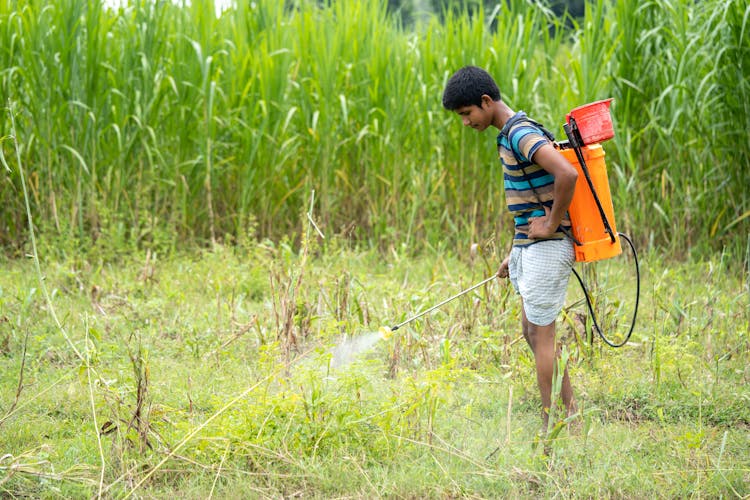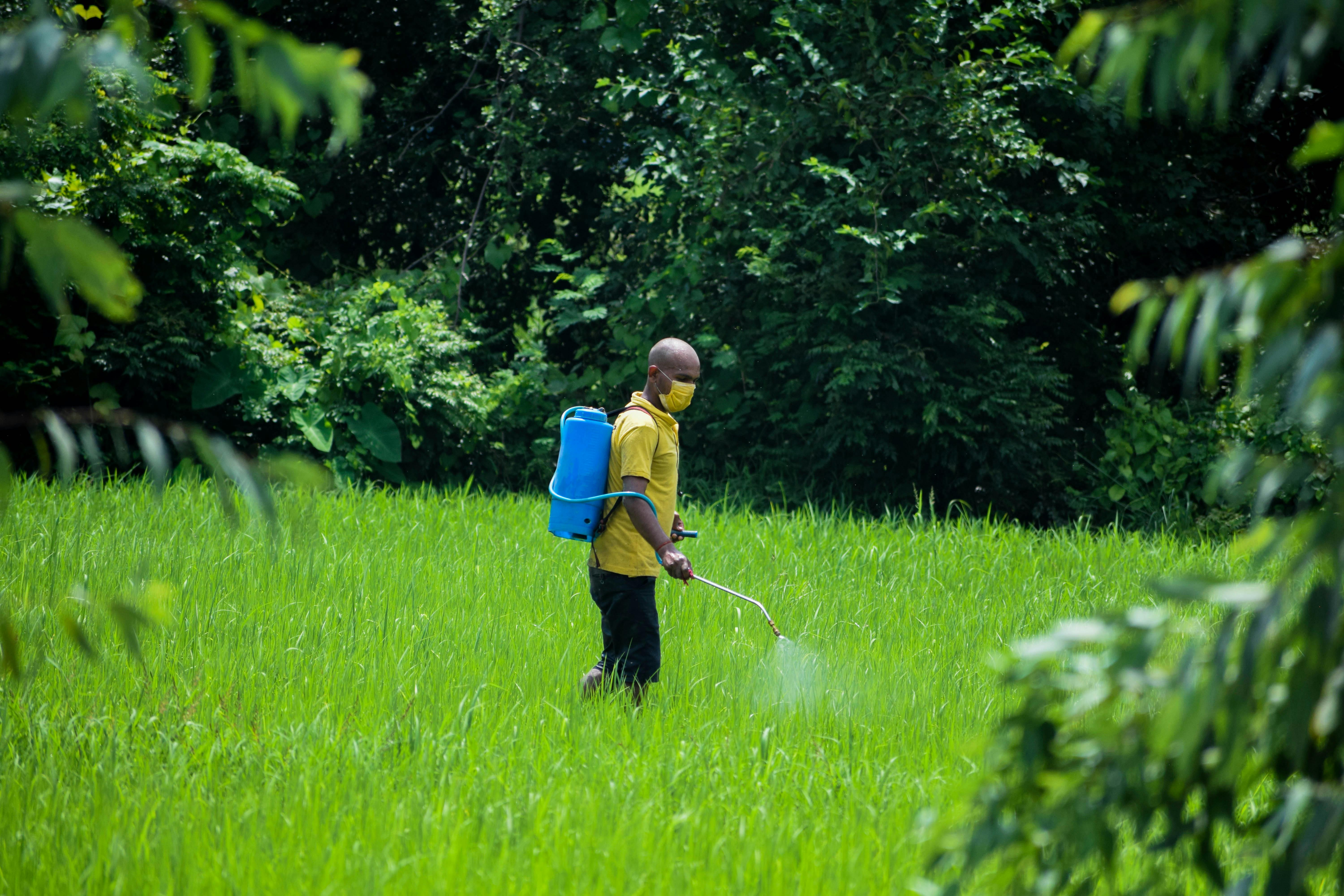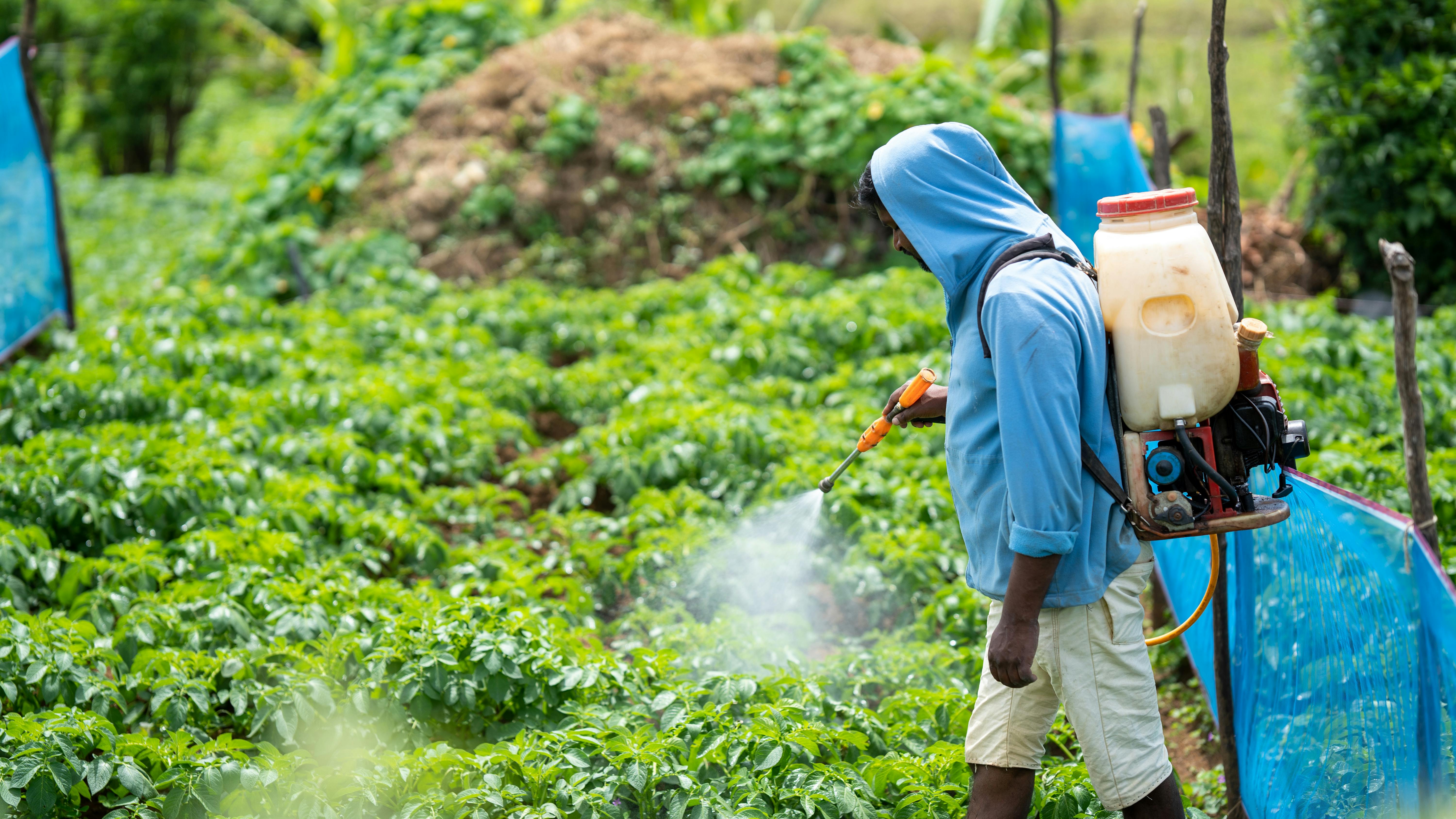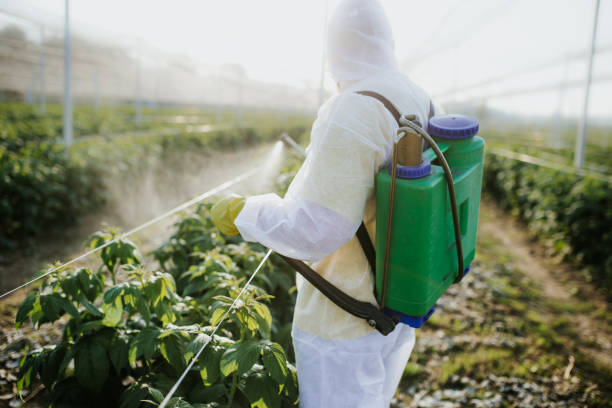All Categories
Featured
Table of Contents

Pesticides, formulated to eliminate crop-threatening species, often reach far beyond their intended targets. The consequences for biodiversity and ecosystem health can be profound and far-reaching.
Research into the consequences of agricultural chemicals on ecosystems has consistently shown deleterious impacts. Both terrestrial and aquatic life forms have all been affected, with issues ranging from population decline to behavioral changes.
One of the most concerning phenomena linked to pesticide exposure is the decline in bee populations. Bees, essential for the pollination of many crops and wild plants, have been showing declines in population, with their navigational abilities impaired. This decline not only threatens agricultural output but also the natural processes that maintain biodiversity.

How Pesticides Threaten the Survival of Wildlife
The direct and indirect impacts of pesticides can lead to toxic outcomes, leading to mortality or persisting health complications. For example, insecticides meant to target pests like locusts and mosquitoes can also cause collateral damage to beneficial insects, disrupting ecological balance.

Aquatic systems are particularly vulnerable. Pesticides can wash into streams, rivers, and oceans, impacting everything from fish populations to aquatic plants. Learn About Pesticide Impacts on Stream Fauna - $46.30
Amphibians, whose permeable skin makes them particularly vulnerable to pollutants, are notably impacted by pesticide pollution. Studies suggest that exposure to even low levels of pesticides in water can lead to anomalies, reproductive issues, and immune deficiencies in these species.
Economic Considerations Linked to Pesticide Use and Wildlife Health
The economic implications of pesticide use reach further than just the expense involved in their deployment. Pesticide Impact on Wildlife Populations Loss of crucial pollinators like bees can lead to reduced crop yields, increasing food prices and affecting food security.
Furthermore, wildlife tourism, which generates significant income for many regions, can be adversely impacted by the loss of biodiversity due to pesticides. Areas renowned for their natural beauty and diverse species may see a decrease in tourist numbers if the local wildlife is decimated.

The Role of Organic Agriculture in Wildlife Conservation
Switching to organic farming practices represents a viable solution to the adverse impacts of conventional pesticides. Organic systems, which prohibit the use of synthetic pesticides and fertilizers, help to preserve biodiversity and support more robust wildlife communities.
Moreover, organic farming enhances soil health and increases its water retention capabilities, which not only benefits the microorganisms within the soil but also aids in the healthier development of plants. These improvements in habitat quality directly contribute to the wellbeing of wildlife.
By reducing the dependency on harmful pesticides, organic farming can promote a sustainable agricultural system that is beneficial for wildlife. Such practices not only mitigate the negative impacts of conventional farming but also contribute to a healthier planet overall.
Table of Contents
Latest Posts
Black Mold Be Gone: Essential Removal Techniques for Lincoln NE Homes
Unveiling the Secrets of Engagement Ring Valuation
The Impact of Sound Waves Across Different Sectors
More
Latest Posts
Black Mold Be Gone: Essential Removal Techniques for Lincoln NE Homes
Unveiling the Secrets of Engagement Ring Valuation
The Impact of Sound Waves Across Different Sectors